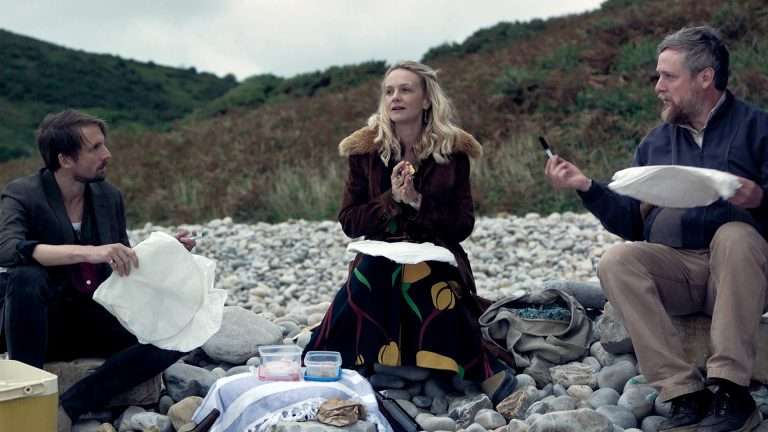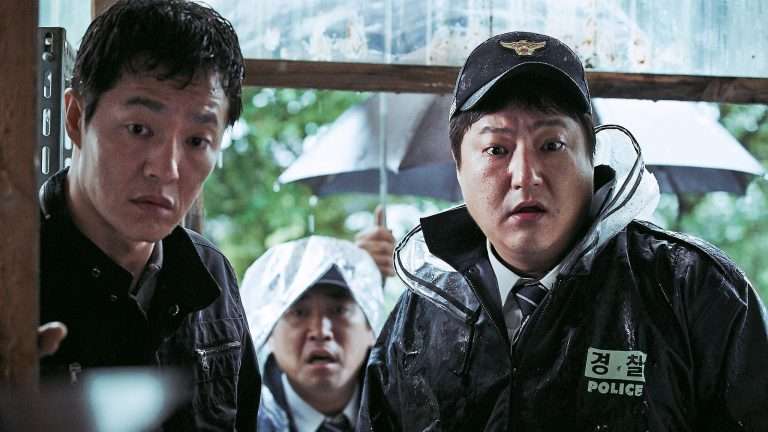Hallelujah Leonard Cohen, A Journey, A Song: “Courage is what others can’t see, what is never affirmed. It is made of what you have thrown away and then come back for.”
– From Leonard Cohen’s journals.
Hallelujah… Hallelujah…
Hallelujah… Hallelujah…
Often in the throes of a debilitating depression when time sucks you into its quagmire of agonizing memories when the winter chill seeps so deeply into your bones that you feel no summer can ever bring back what’s lost to the cold, damp breath of death— sometimes during these times, a melody rises from somewhere, someplace that’s not of the world you know of. This melody plants a seed inside you, which will then grow gradually, will flower, and you’d be resurrected, reborn— almost miraculously. Hallelujah is this melody, this hymn, this prayer, this invocation. You stand against the light of its grace in awe as if you have discovered in the recesses of your dying soul a pristine love, an eternal life.
Leonard Cohen was a poet and singer-songwriter from Canada who gave the world Hallelujah— a song that united the entire world. But, there’s this thing about “identity,” and to talk about it, I’d like to introduce the subject of this article which is a feature-length documentary called Hallelujah: Leonard Cohen, A Journey, A Song, made with a lot of care and affection by Emmy-award winning directors/producers Dan Geller and Dayna Goldfine. As the title suggests, the film has to do with Leonard Cohen, possibly with his life, possibly with his career in the music industry, and possibly with his poems.
But, what makes this film a work of art— and by art, I mean a punch in the stomach, a nervous siege, a benediction, a shot of ecstasy, a strange new love— is not a journalistic, historical, mechanical cataloging of Leonard Cohen’s life events, is not cultist worship of a pop star. What makes it art has very little to do with Leonard Cohen— the man of flesh and blood—even.
Related to Hallelujah Leonard Cohen – Sange Meel Se Mulaqat [1989] Review: An Enchanting Documentary On Ustad Bismillah Khan
What makes it art is the same component that is present in a melody like Hallelujah; it is the same component that’s present in the symphonies of Mozart, in the paintings of Monet, in the films of Tarkovsky— it is a way of seeing things, a way of looking at the world, a way of presenting the human condition, a way of unifying all the contrasting images that make human consciousness.
So, coming back to the question of “identity,” often it happens that we identify people only as poets, doctors, singers, or journalists, and so create a world formed of these compartments, these markers that forever fail to merge with one another. Who is Leonard Cohen? The film doesn’t answer this question; Cohen himself didn’t wish to answer this question.
The film, in its early minutes, presents an old interview where an interviewer with CBC said to Cohen, “A lot of people are looking at you; Leonard Cohen, the poet, the novelist, the sign of a Jewish family from Montreal, pop singer, and writer of pop songs— all these things may certainly add up to Leonard Cohen, but they certainly seem a little complex at first,” and Leonard replies, “Well I think that the borders have faded between a lot of endeavors, like the poet or the singer, all those kinds of expression, I think, are completely meaningless to me, it’s just a matter of what your hands fall on.”
And, so, it’s difficult and futile to even try to say what this film is about. If one says it’s a film on Cohen, it’d be the same as saying Van Gogh’s Starry Night is just a beautiful night sky. The night sky is gorgeous, as Cohen is beautiful, but the painting that portrays the night sky is beautiful in its own right; it stands on its own feet as a thing of beauty— just like this film does. And, every description, every stereotyping as to what a work of art is, is a falsity.
At best, one can say what the film consists of: the film is an ensemble of interviews with Cohen, old and new interviews of music producers who worked with Cohen, singers who sang songs of Cohen, writers who wrote about Cohen, interviewers who interviewed Cohen, of Cohen’s friends, of Cohen’s lovers; the film is also songs of Cohen, the performances of Cohen, never seen before journal entries of Cohen; a large part of the film is Hallelujah, the song that endured a gruesome period of rejection by Columbia Records and other record companies to emerge as an anthem for the world.
But, the real magic, the real touch of genius, lies in how all these have been weaved together. All the various clips are glued together by something that is like a rhythm, like a beat. It’s like the directors have made all their materials on Cohen as paints to make a painting with— a Starry Night of the documentary film world.
The film is a remembrance of a man who “paid his rent in the tower of songs.” Every singer, every writer, and every producer that appears in the film adds to this remembrance of a past whose tangible elements seem gradually to be receding now, to be merged again with an indifferent forgetfulness, but whose essence lingers on in the impalpable euphoria of melodies and verses. They speak of an inspiration that the verses conjured, they speak of being part of a revolution through love, they speak of how they lived to witness firsthand the profundity of Hallelujah, a song which brought God out of the churches and into the streets, to live and die among mortals— a God that’s human, a God that’s the symphony, a God that’s desire, a God that’s pain, a God that’s home for every human being irrespective of their religion. All these remembrances are punctuated by the sublime musings of Cohen himself, like the ones below:
“We are irresistiblly attracted to one another, we are irresistibly lonely for one another, and we have to deal with this. And, the other side of that is the same appetite for significance in the cosmos, where each one of us understands his solitude in the cosmos…”
“When you see the world and the laws of brute necessity which govern it, you realize the only way you can reconcile it to sanity is to glue yourself to prayer.”
And to add another layer to it, there are the songs of Cohen— in his own voice and in the voices of artists such as Bob Dylan, Jeff Buckley, John Kale (whose version appeared in the movie Shrek), Rufus Wainwright, Brandie Charlie, and many others— which merging with everything else created an experience which felt mysteriously “right.” The film brings out the life of a man in a way that we feel we are his heart and lungs and mind— breathing what he once breathed, feeling what he once felt, creating ourselves what he once created, and surrendering finally to his secret chord.






![The Half of It [2020] Netflix Review: A charming and breezy coming-of-age love triangle](https://79468c92.delivery.rocketcdn.me/wp-content/uploads/2020/05/The-Half-of-it-Netflix-1-768x373.jpg)

